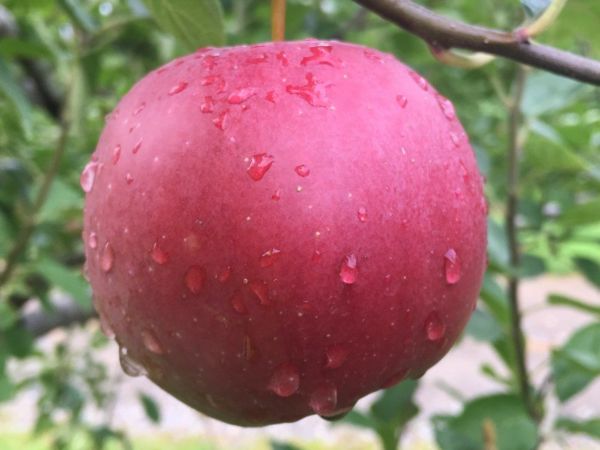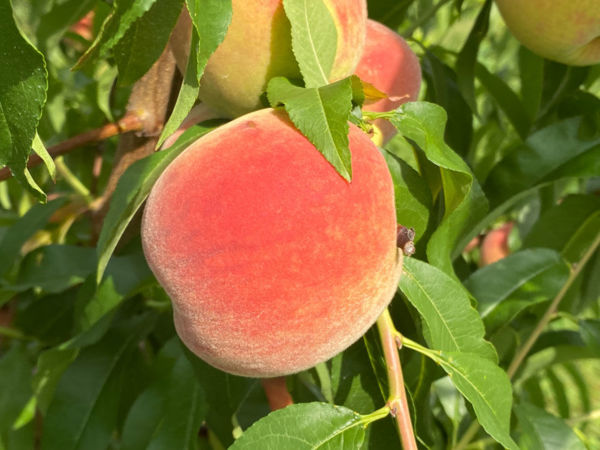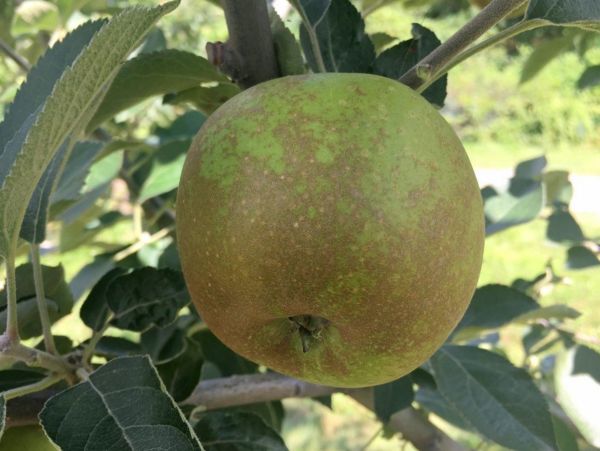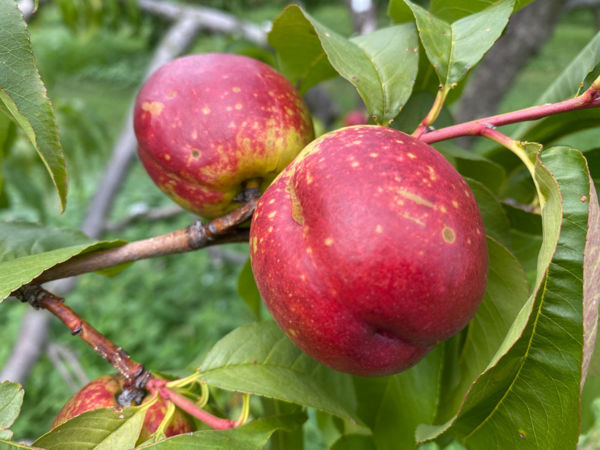An attractive, highly disease-resistant apple, ideal for organic growers.
Brown Rot, Blossom Blight, Fruit Rot
Fruits Affected
Peach, Plum, Nectarine, Cherry, Apricot
Also See
Fruit Tree Diseases and Pests: An IntroductionList of Common Fruit Tree Diseases and Pests
Brown rot (Monilinia Fructicola and Monilinia laxa, AKA "blossom rot" and "blossom blight") is a devastating fungal disease that affects stonefruit: cherries, peaches, nectarines, apricots, and plums. It is also found on apples, though less commonly and less destructively.
Symptoms
Brown, rotted bloom; water-soaked, sunken lesions on twigs; brown or grey mold on fruit.
Organic Treatments
As with most fungal infections, the primary preventative measure is sanitary cultural practices. Removing (not composting) dead vegetation, mummies, and fallen fruit from the growing area will limit infective material; well-pruned trees allow for airflow; thinning of dense fruit clusters also limits transmission. Pruning shears should always be wiped down with alcohol when cutting out infected areas. Treatment with fungicide may be necessary in areas under high pressure, and organic copper sprays are effective.
Conventional Treatments
Captan, Merivon, Inspire Super, Rovral, and Pristine are common brown rot/blossom blight chemicals. Apply starting at pink and proceeding up until 3 weeks before harvest.
Disease Cycle
Brown rot (Monilinia Fructicola and Monilinia laxa, AKA "blossom rot" and "blossom blight") is a devastating fungal disease that affects stonefruit: cherries, peaches, nectarines, apricots, and plums. It is also found on apples, though less commonly and less destructively. The fungus overwinters in "mummies" (shriveled rotten fruits that cling to the tree), dropped fruit, and infected twigs. It becomes most active when the weather is warm (above 60°F) and wet, and released spores are transmitted by wind or insects to nearby blossoms and fruit. Brown rot can cause blossom blight, twig blight, and fruit rot. Blossom blight can be especially severe if there are extended periods of rainfall during bloom. The flowers will develop brown spots, become water soaked, and blossoms will wither and eventually become covered in a grey mold. Dark sunken lesions will appear on blighted twigs, and infected fruit will display distinct rotted areas, characterized by a fuzz of brown or grey spores. The fungus will continue to develop after harvest, and fruit can rot in a matter of hours after picking. Brown rot is rarely fatal to a tree, but it can cause significant, even complete crop loss, and a tree full of moldy apricots is a truly sad and icky sight.
For more information, see the Cornell Guide to Growing Fruit at Home and the Cornell IPM Factsheet on Brown Rot of Stone and Pome Fruit.
Featured Products
A few things we're loving right now...
A full-flavored, freestone white peach.
One of America's oldest apples, good for storage, baking, and cider.
A widely-grown, large, yellow-fleshed nectarine.
























